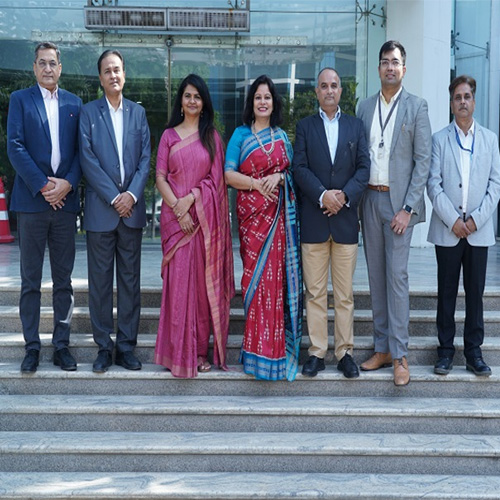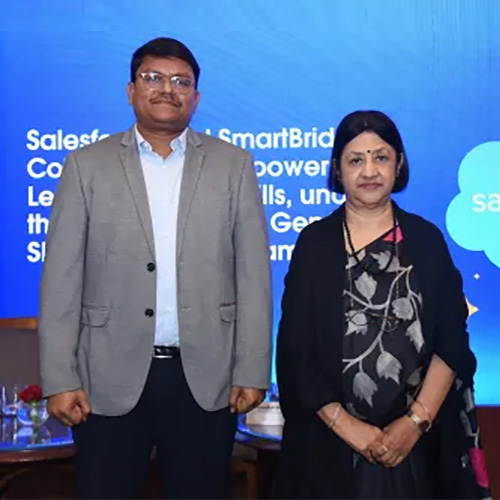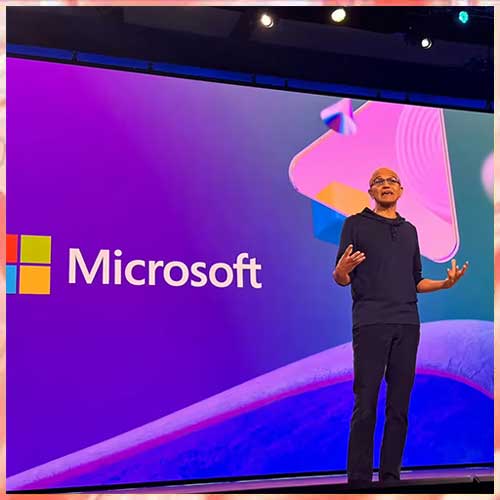Cyber insurance brings cyber Azadi?
2022-08-30
Cyber insurance policies help cover the financial losses that result from cyber events and incidents. In addition, cyber-risk coverage helps with the costs associated with remediation, including payment for the legal assistance, investigators, crisis communicators, and customer credits or refunds.
Insurance against cyberattacks is a growing industry. A report suggests that 80% of Indians have experienced some kind of cybercrime in their lifetime, while some reports suggest 63% of Indians have lost their money as a result of cybercrime. Cyber criminals continue to capitalize on the crisis to target organisations and individuals, globally. Meanwhile, the cost of recovering from a breach has escalated year on year.
Cyber insurance coverage protects you against ten potential threats, namely Identity Theft, Social Media Liability, Cyber Stalking, Malware attacks, Loss of IT Theft, Phishing, Email Spoofing, Liability the media, cyber extortion, data protection and data protection violations by third parties. Cyber insurance is also helpful when you need to recover from an attack or data loss without having to worry about paying for it yourself.
A report states, Data breaches have cost Indian companies an average of Rs 17.6 crore in 2022 so far. A cyber breach can cause huge losses such as valuable client data, employee records, intellectual property, and other financial details.
The challenge before the government is how to bring Cyber Apradh Se Azadi during this Azadi Ka Amrit Mahotsav. In a recently held conference on Cyber Safety and National Security at Vigyan Bhawan in New Delhi, the conference was part of the efforts to create mass awareness for prevention of cybercrimes in the country. However, there is no magical stick that has been invented so far to take control, whereas it is increasing at rapid speed.
Cybercrime that uses computers to commit other crimes may involve using computers or networks to spread malware, illegal information or illegal images. Sometimes cybercriminals conduct both categories of cybercrime at once. They may target computers with viruses first. Then, use them to spread malware to other machines or throughout a network.
Cybercriminals may also carry out what is known as a Distributed-Denial-of-Service (DDos) attack. This is similar to a DoS attack but cybercriminals use numerous compromised computers to carry it out.
To help protect their devices from cybercrime, consumers should make sure to turn on automatic updates for all software, especially for frequently used browsers and apps. Many people forget to update manually. Hackers target weaknesses in programs that can later be fixed with a patch or update—but only if the consumer keeps their software current.
New technology creates new opportunities for attackers to form new crimes. It is the time where the industry, academia, Government, corporate world and cyber experts come forward to have a cyber Azadi country.
See What’s Next in Tech With the Fast Forward Newsletter
Tweets From @varindiamag
Nothing to see here - yet
When they Tweet, their Tweets will show up here.





























